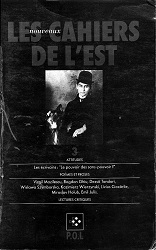
Le grand nombre et autres poèmes
Poetry by Wislawa Szymborska ("LE GRAND NOMBRE"; "LA JOIE D’ÉCRIRE"; "AUTOTOMIE")
More...We kindly inform you that, as long as the subject affiliation of our 300.000+ articles is in progress, you might get unsufficient or no results on your third level or second level search. In this case, please broaden your search criteria.

Poetry by Wislawa Szymborska ("LE GRAND NOMBRE"; "LA JOIE D’ÉCRIRE"; "AUTOTOMIE")
More...
Annie Ernaux perceives writing as a strategic opportunity to intervene in the social tissue. Her autosociobiographic project never focuses excessively on the self. It evolves towards a recip- rocal gift, which the writer pragmatically uses, explicitly identifying the social, class and gender frameworks that shape the individual’s life. In her opinion, literature never remains neutral, writing about the individual and intimate is political. The possibility of recover experienced ine- qualities is the primary question of Ernaux’s literary reflection. The formal research evolves and divide the writer’s work into several stages: from the consciously political and confrontational novel Les armoires vides, written against cultural and economic domination, through the écriture plate (today she prefers the term écriture factuelle or écriture transparente), which does not stop at the narrator’s feelings, removes the “screen” between him and the presented reality, to writ- ing the present – ethnotext. Ernaux’s contribution to capturing the zeitgeist is original basically because she embraces the uncertainty and complexity of the present without pessimism. Torn between beeing an ethnologist and a writer, she is aware of the limitations and insufficiency of each of these discourses. However, the attitude of the ethnologist appear to prevail, as it seems to reflect with greater precision the transience, but also the power of everyday life. For Ernaux, writing becomes a transubstantiation, a transformation of one’s own experiences into something existing outside the subject, immaterial but understandable and useful to others.
More...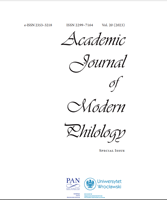
The article concerns the Polish translation of Les Années by Annie Ernaux, published by Czarne in 2022. Translators, Krzysztof Jarosz and Magdalena Budzińska, who is also the editor of the volume, filled out a questionnaire proposed by the author of the article that aims to find out the strategy regarding cultural elements, but also the presence of footnotes. The article contains the analysis of various types of footnotes and various strategies resulting from translation dominant selected by the translators, visible in the Polish translation.
More...
The quest of identity is a necessary and fascinating way for each human being in part. Belonging to a family, relating to your predecessors is the one thing that creates the balance and the roots for every person. “L’enfant de Noe” fights to save the appearance and the continuity.
More...
This paper delves into the theme of otherness in Mohammed Dib's L'arbre à dires, characterizing the work as a complex and multifaceted novel-essay. The goal is to shed light on the unique way Dib poetically and philosophically (in an ontological sense) engages with a concept traditionally associated with philosophical discourse. To enhance the analysis of alterity in Dib's narrative, we utilize psychoanalyst Daniel Sibony's notion of the in-between. This approach allows us to explore how Dib addresses the ideas of identity, foreignness, and origin in his writing.
More...
Drawing on Emmanuelle Favier's novel Le courage qu'il faut aux rivières, this study aims to elucidate the complex process and challenges associated with redefining gender identity as a socially constructed entity. The narrative centers on Manushe and Adrian, two sworn virgins whose encounter allows them to transcend societal norms and forge a romantic bond in spite of their biological sex. Through the lenses of gender studies and narratology, this paper dissects the reconfiguration of gender identity across four phases: initially, the identity crisis faced by the protagonists; their subsequent life under the guise of male identities; the phase of uncertain or conflicted identity that defines them; and finally, an examination of Favier's portrayal of gender identity's fluidity and liberation.
More...
Bessora and Fatou Diome, diasporic authors, are noted for their literary exploration of the complex dynamics between the "Self" and the "Other." These dynamics, founded on intersubjectivity, distort both interpersonal and international relations. Moreover, their use of cynical and ironic narration seeks to probe human existence through the migrant's experience. Their narratives focus on breaking free from the ideological grasp of the mythologized West, which has, since colonial times, epitomized extreme otherness against the backdrop of Lacan's 'Great Other'. This study delves into how, drawing upon Derrida's theory, the writing techniques employed dismantle the so-called dominant discourse (the West) and facilitate a fresh interpretation of the Identity-Otherness nexus.
More...
In "Figures de l’étranger dans la littérature française," Khatibi delves into the significance of exoticism and the Exote concept, which he incorporates into his novels, essays, and various discussions. This article explores the intercultural aspect of Khatibi's examination of the link between writing and otherness via exoticism. It investigates how the depiction of the Other and its connection to interculturality is articulated by placing the Exote at the heart of an intercultural ethical framework. Cultural difference, viewed as a fundamental right of every individual that should never be compromised, necessitates acknowledging the cultural identity of the writer as an inherent entitlement. Opposing any reduction to mere folklore that overlooks the Other's full complexity, the unyielding and enigmatic nature of otherness ensures the depth of interaction and the joy found in encountering the Other. Without an ethical approach to exoticism, grounded in respect for diversity, a writer risks succumbing to the "tyranny" of personal bias and judgment. The ethic of exoticism aligns with allowing the Other the liberty to express their uniqueness. Khatibi innovatively reinterprets interculturality by endorsing alternate principles that reframe it through an intercultural and humanistic lens. While drawing on Victor Segalen’s works like the Immemorials and Equippée, Khatibi critically assesses this creative approach, even questioning some of Segalen's perspectives on the Other.: In Figures de l’étranger dans la littérature française, Khatibi reports on the relevance of exoticism and the figure of the Exote that he deploys in his novels and essays as well as in his various interventions. In this paper, we identify the intercultural dimension in Khatibi's approach to the relationship between writing and otherness through the notion of exoticism. We study the question of the writing of the Other and its relationship with interculturality by placing the Exote at the center of an intercultural ethics. An inalienable right that every individual possesses and of which he must not tolerate any negotiation, cultural difference implies the recognition of the cultural identity of the writer in his own right. Against any form of folklorism that would fail to perceive the Other in all its complexity, the irreducible, “intractable” and impenetrable character of otherness promises the richness of the exchange and the euphoria of the encounter with the Other. Apart from an ethic of exoticism, inscribed in respect for difference, the writer will fall into the "tyranny" of his subjectivity and his value judgments. The ethics of exoticism rhymes with the freedom of the Other in the expression of their Difference. In fact, the author reactivates, in his own way, the use of interculturality in that he attributes to it other principles that redefine it from a perspective that is both intercultural and humanist. If it is true that he leans on this exoticism from the study of some works of the French writer Victor Segalen such as the Immemorials and the Equippée that he highlights, Khatibi does not miss to take a critical look at this creative process, even going so far as to question some positions of the French writer vis-à-vis the Other.
More...
The social and cultural fabric of Québec has been profoundly transformed for about twenty years. Québec, and in particular Montréal, have now become increasingly plural. In an almost irreversible way, the borders move or are reduced. Dany Laferrière, a writer originally from Haiti who decided, following his voluntary exile in Québec, to publish exclusively in Montreal and in French and to live in Miami, writes from a space which is at the same time both within, and peripheral to Québec society. His marginality is expressed both explicitly in the thematic material of his writing and textually through choices of language and form. «Auteur déplacé», he does not like classifications: black, Haitian, French, Quebec, etc., but he is considered an American writer. His Americanness, accompanied by an opaque, nomadic, and wandering writing style, reveals a plural identity belonging and a hybrid cultural belonging. Montréal, Miami, New York are just his writing spaces, because for Laferrière literature is a journey and not a place of confinement.
More...
The author from Martinique challenges all forms of standardization, aiming to prevent the homogenization of cultures. Instead, he promotes a non-conventional mode of thought that nurtures identity as a network of roots and shoots. Utilizing cultural blending, multilingualism, and baroque elements, he envisions a unified realm characterized by a geocultural balance and a poetics of interconnectedness, centered on the fusion of various human creativities.
More...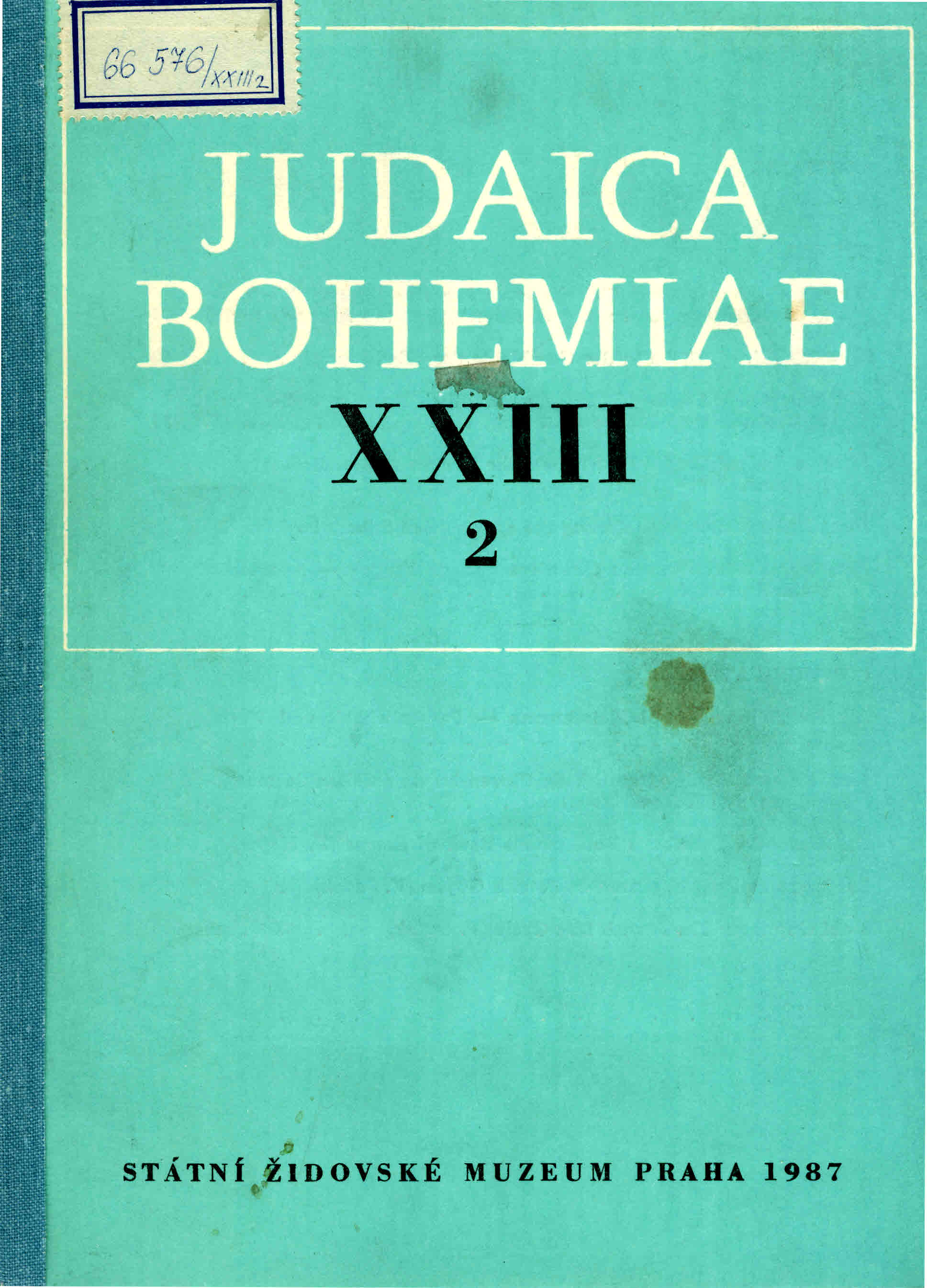
Review of: Les Noms de Prague, poème de Patrick Guyon, photographies de Didier Sorbe; Pierre Fanlac Editeur, Périgueux, 1986; 79 p.
More...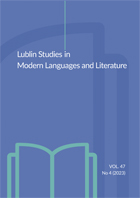
This article is devoted to a child’s narration in Allah is not obliged by Ahmadou Kourouma. Considered transgressive, it is rarely used as a narrative strategy in literature, not least because it is quite risky: a child’s story imitated by an adult can easily appear artificial and simplistic. Drawing on critical works devoted to this type of narration, this article explores how it functions to tell the story of war and what aims it has. It demonstrates that Kourouma invests a child’s narration with very strong expressive potential to draw the world’s attention to the brutal exploitation of children in armed conflicts.
More...
In this article, we propose to analyse the way in which Karim Kattan uses a personal family story in his novel Le Palais des deux collines to recount events from the wider history of the Israeli- Palestinian conflict, from 1948 to the present day. We will look at several aspects: the question of identity (between belonging to a people and the experience of exile), the allegorical device used by the author to create parallelism and the metaphorical role of certain main characters.
More...
The immense success of Montesquieu’s Persian Letters (1721) paradoxically overshadowed all his subsequent fictional productions. Such was the fate of his True Story, an orientalising tale that was not published until the end of the nineteenth century, long after his death. The present study aims to show the originality of this work by Montesquieu, in which the author draws on both Lucian’s ancient True Story from the second century and borrows the theme of reincarnation from Thomas-Simon Guelette’s Marvelous Adventures of the Mandarin Fun-Hoam (1723). The aim is also to discover the debt it undoubtedly owes to the picaresque novel, which was very fashionable at the time, and to prove to what extent it prefigures the philosophical tale e practiced by Voltaire. Montesquieu’s True Story is a highly original and innovative literary work, which fully deserves to emerge, at last, from the shadow of the Persian Letters.
More...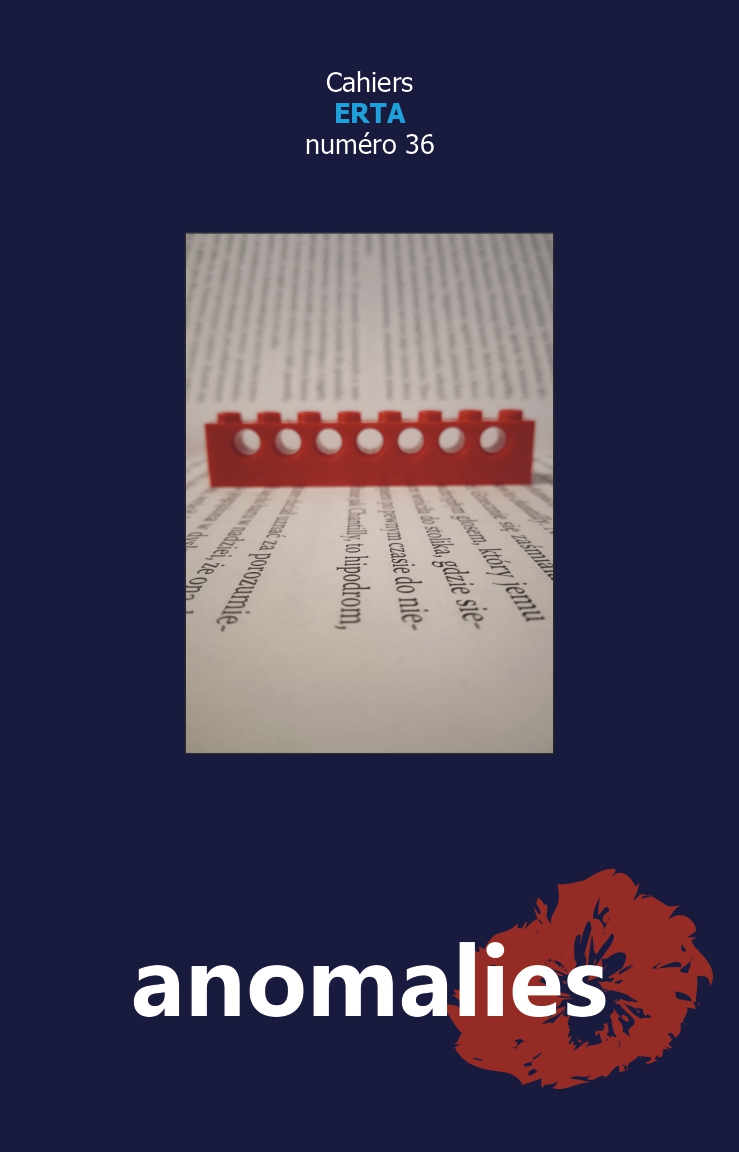
The notion of anomaly encompasses a multitude of systemic, physicalor psychic deviations and it can have a wide range of possibleinterpretations. Octave Mirbeau manages to capture all its nuancesby presenting, in his novel Sébastien Roch, a vision of reality filled withanomalies. In our contribution, we will show the abundance of defectsin the novelistic universe of Sébastien Roch, analyse their essenceand then move on to the influence they have on the eponymouscharacter. We will look at the corruption of the education systemrun by the clerics who denigrate the protagonist's rights in orderto preserve their own power; at mental disorders caused by painfulexperiences as well as at psychological dysfunctions; finally at physicaldeformities that often reflect the character vices of those affected.Our contribution shall depict a corrupted world where the “normal”is no longer considered as such.
More...
Charles Malato has gone down in posterity as the author of novels, memoirs and especially plays in which he castigates the excesses of power. Two events are at the origin of the birth of Malato’svocation as an anarchist writer: the condemnation of his parentsto banishment in New Caledonia and the meeting of the youngCharles with Louise Michel. It is in this context that this articleproposes to study the autobiographical text of the French authorFrom the Commune to Anarchy which allows us to understandthe inner evolution of the somewhat carefree adolescent towardsdestiny of a revolutionary able to use his pen as a formidable weapon.From then on, the analysis of the text accounts for Malato’s politicalawareness and his subsequent involvement in social issues, as wellas highlighting the style of his language, as cruel as it is grotesque, whichwill upset the fragile minds of the bourgeois. In short, the explorationof the work constitutes a kind of propaedeutic to the subversive workof Malato whose universality attests to its undeniable topicality.
More...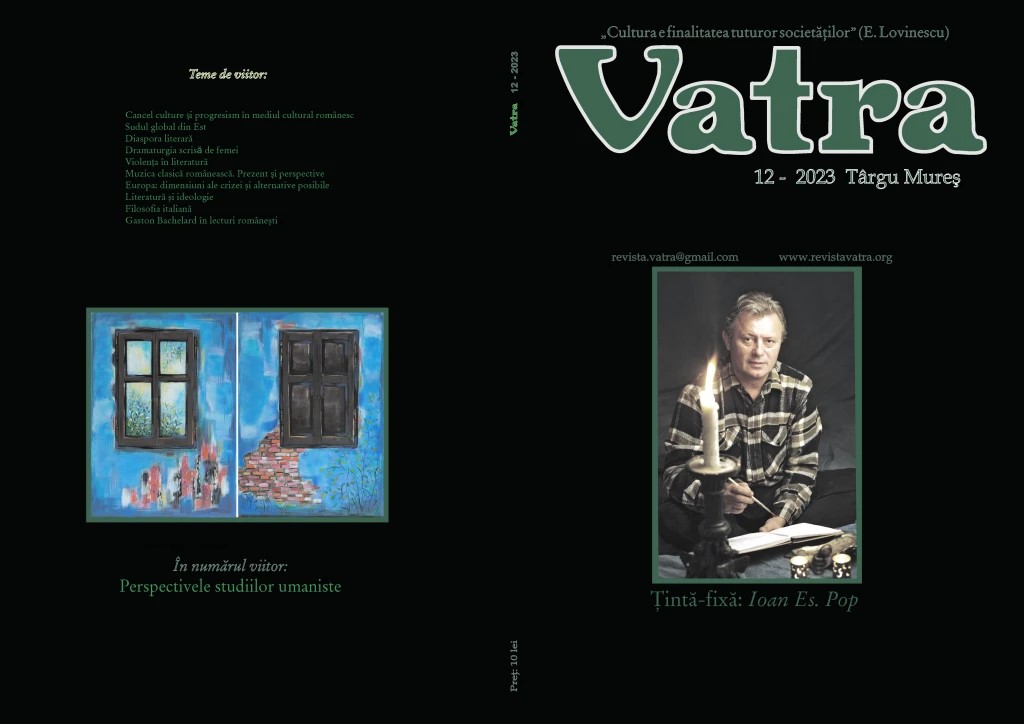
Poems by Anna de Noailles: "Această seară va fi lungă", "Impresie de seară", ""Prieteniei", "Amprenta", ""Tristețe-n parc".
More...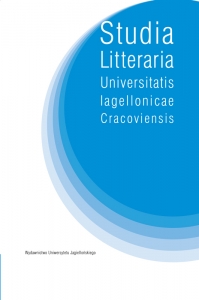
In his autobiographical novel, Promise at Dawn, Romain Gary, in addition to numerous confabulations, also made several borrowings from various works of world literature; a considerable number of these have been identified by researchers. The article adds to this list the hitherto undiscovered plagiarism of Bezgrzeszne lata [Innocent Years] by Kornel Makuszyński, a writer whom Gary read in his youth. One of the most recognisable episodes of Promise at Dawn – the story of the author’s/narrator’s childhood love for Valentina, for whom he ate, among other things, a kilo of cherries with seeds or, finally, the eponymous galosh – bears a striking resemblance to the description of narrator’s love for Inka Leszczyńska in Innocent Years.In addition to this connection, there are other, less obvious similarities between the two works, related to the authors’ creative paths, their first literary attempts or difficulties at school, and the subsequent experience regarding their first publications. There are also similarities between the authors themselves, both achieving ‘celebrity’ status through their writing successes, both equally averse (with reciprocity) to any avant-garde or political involvement, both adhering to humanist ideals in their writing and seeking to right wrongs and injustices, each in their own way.
More...
In Journal sexuel d’un garçon d’aujourd'hui, Arthur Dreyfus records his sexual experiences over several years. But he doesn’t limit himself to recounting his sexual intimacy; he also writes down some of his thoughts on other areas, such as relationships, writing and psychoanalysis. He generally proceeds in short narratives that can take different forms (anecdotes, poems, letters...) and are brought together to form a work of over 2000 pages. The reader is thus led into the author’s systems of thought. The aim of this article is to highlight the labyrinthine construction of this work: first, we’ll see how the Journal is the result of a search for identity. Next, we’ll look at how this work proposes a new form of intertextuality. Finally, we look at the form of the Journal and its impact on the reader. In this way, we offer the first keys to reading a complex but powerful work.
More...
The aim of the paper is to analyze Enfants du lichen, a book of poems by Maya Cousineau Mollen, an Innu poet born in 1975, in order to see if the labyrinth can be considered as a figure of the postcolonial Native American experience. Although the word « labyrinth » does not make its explicit emergence in the poems, their lexical field evokes a whole imagination which makes it emerge implicitly and allows us to believe that the figure of the labyrinth corresponds to the situation of the former colonized. Our contribution is divided into three parts. The first characterizes the postcolonial Native American experience, as described in the poems, and explains why it may be seen as a labyrinth. The second shows the exploration of the paths of possible escape and the last focuses on the exit, the « passage from darkness to light », which can be read as a new era in the life of Canadian Native Americans.
More...